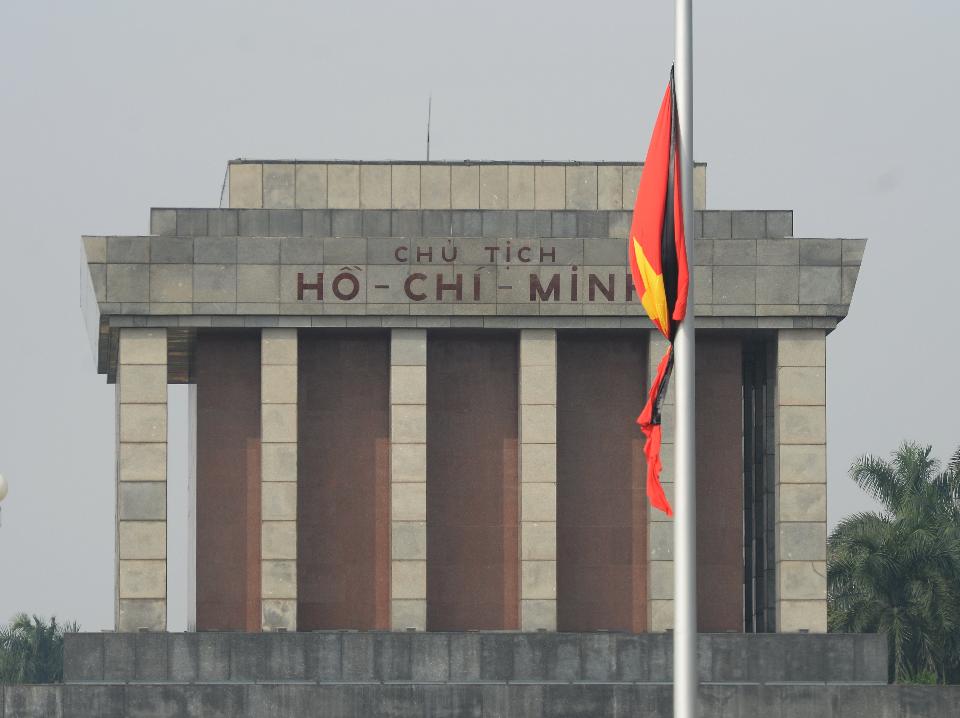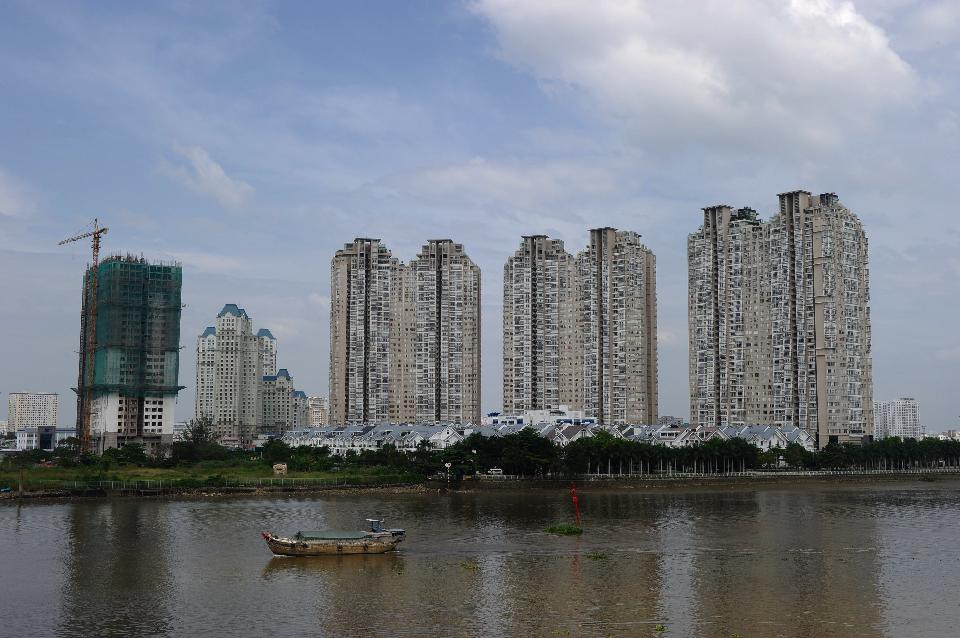Why Vietnam's Property Market Is Like China's (In A Good Way)
Vietnam is looking more and more like the “next China.” It has similar demographics as the mainland, with a burgeoning middle class, and is also emerging from a Communist administration that is slowly opening the door to foreign investment. Vietnam has a particularly young population driving strong economic growth, and is undergoing the leap from an agrarian economy right into a post-industrial, service-driven economy in a matter of a couple of decades.
That is driving demand for urban property. Real estate in Vietnam saw a 12% increase in investment this year compared with the year before. Greater market transparency and projected economic growth of 6%, similar to this year’s rate, add to the momentum.
Residential property and hotel space are in particular demand. The Vietnamese housing market has not been well-developed in the past, with a very small supply, so it experienced huge booms and massive busts. Prospective buyers got into fistfights while waiting in line to buy the handful of flats on offer. But Vietnamese property appears to be in a steadier upward trend now that the market is maturing.
Vietnam is drawing interest from investors and foreign buyers keen to benefit from its strong demographics – and long, long coast. (Image: Hoang Dinh Nam/AFP/Getty Images)
Ho Chi Minh City – the former Saigon – is the second-most popular market in Asia for investment into residential apartments, according to the Urban Land Institute’s report on "Emerging Trends in Real Estate Asia Pacific 2017." In all, 71.4% of institutional investors rate Vietnamese apartments a buy, behind only Bangalore, where investors are unanimous that condos are a good bet – but they will struggle to find supply.
The supply is coming on line in Vietnam to meet demand from its population of 95 million. Investors are targeting smaller flats that appeal to domestic buyers. The residential sector “has now come good after a number of false starts, particularly if you focus on the local purchaser market,” one investor told the ULI.
Affordable urban apartments are what the locals moving into Vietnam’s cities for the first time are seeking. Relocation of industry out of China is one factor causing Vietnam’s economy to thrive. Economic growth is running at 6.4%, according to Trading Economics, almost matching China’s rate of 6.7%.
Vietnam is benefitting economically from rising wages and higher operating costs in China. For instance, Ningbo-based Shenzhou International Group Holdings is ramping up operations in lower-cost Vietnam, alleviating some of its capacity constraints. Unfortunately, however, the Trans-Pacific Partnership appears to have fallen apart with the election of Donald Trump – economists calculated that Vietnam would have been the biggest beneficiary.
Still, Vietnam is a strong industrial draw. Shenzhou is an OEM company that makes clothing incorporating materials such as Lycra and thermal fabrics, with a specialty in sportswear. Behind the scenes, it supplies Uniqlo and other top brands such as Adidas, Mizuno, Nike and Puma, approaching 15% of the clothing supply of those companies except Puma's, which is at 30%.
The factories that companies like Shenzhou are building are bringing people into cities, and causing demand for urban housing. Farming has shrunk from some 25% of the economy in 2000 to 18% in 2014, a dramatic shift, while industry has risen from 36% to 38% of output, according to the CIA World Factbook.
Services, including tourism, has seen the biggest boom and now accounts for 44% of the economy, per a 2015 estimate from the CIA Factbook. (The previous numbers are from 2014, explaining why the sectors add up to more than 100%).
High residential buildings under construction near Saigon river in Ho Chi Minh City. (Photo credit: HOANG DINH NAM/AFP/Getty Images)
Vietnam has a few advantages over China. For instance, when I was traveling around Vietnam, I was surprised at how few old people you see. This may sadly be a result of the “American War,” as the Vietnam War is known in country. The median age is 30, whereas it is 37 in China.
That means the bulk of the population is at the point of maximum productivity. The enthusiasm to make things happen is palpable – you feel, as a tourist, as if you could venture into the street and tell someone you want to go hang gliding, or spelunking, and they would make it happen that day.



